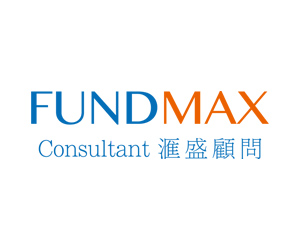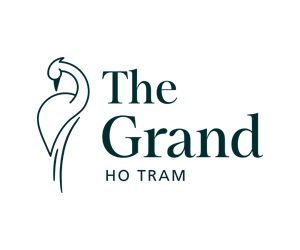Want to be in the loop?
subscribe to
our notification
Business News
VIETNAM'S ECONOMIC GROWTH REMAINS POSITIVE
Vietnam’s GDP growth is forecast at 3.1% in 2020 before rebounding to 7% next year, while ASEAN+3 growth is predicted to sink to 0% in 2020, according to the ASEAN+3 Macroeconomic Research Office (AMRO).
Commodity trade recovers on domestic businesses
According to the World Bank (WB) in Vietnam, Vietnam's domestic economic recovery continues even though it has been unable to return to the pre-crisis pace. After three weeks of strict social distancing in April, the Government gradually loosened restrictions on travel and social distancing until COVID-19 reappeared in Da Nang at the end of July. Recently, the Government re-imposed strict restrictions on mobility in Da Nang, while upgrading social distancing in other cities. The nation's tightness index increased and domestic flights dropped sharply since the beginning of August.
Before the outbreak resurfaced, the domestic economy had continued recovering, with the Industrial Production Index (IPI) rising by 2.5% year on year in July, slightly lower than that in May and June. Similarly, retail sales of goods and services continued to expand by 4.6% (compared to the same period of 2019). Manufacturing and processing growth and retail revenue are both lower than in July 2019, showing that the economy has not really recovered to the pre-crisis level.
Also according to the WB, trade in goods continued to recover, mainly thanks to domestic firms, not foreign exporters. In July, Vietnam was able to maintain its merchandise trade surplus with a monthly surplus of US$1.6 billion, yielding a surplus of US$9.4 billion for the first seven months of 2020, an increase of US$3.3 billion over the same period in 2019. The export value slipped 1.4% compared to June 2020, but was almost unchanged from July 2019. Export performance of the domestic economic sector showed stronger signs of recovery (up by 10.6%), while foreign owned exporters suffered a decline in the sales of approximately 5% compared to a year ago. While most destination markets declined, increases were reported for the United States, the EU and Japan in July. The overall import value expanded 2% over June 2019, but declined 3.6% from July 2019.
Foreign direct investment (FDI) flows into Vietnam strengthened in July over May and June. However, overall FDI commitments declined by 7% year on year during the first seven months of 2020. According to the WB, the surge observed since end April captured stronger interest of foreign investors in Vietnam, which, by being ahead of the COVID-19 curve and being located next to China, may take advantage of revamping global value chains and ongoing effort by multinational corporations to diversify their risks.
The July consumer price index (CPI) remained flat compared to June and core inflation gained marginally. The flat CPI was related to lower food prices and rising transport costs. The CPI was up 3.4% year on year.
The credit volatility in the economy dropped sharply since February to 9.9% in June. This rate, though historically low, was still multiple times higher than the GDP growth, indicating that the easing of monetary and credit conditions by the State Bank of Vietnam (SBV) is helping vulnerable firms. According to the WB, while justified, such policy should be carefully watched as it has reduced banks’ margins in an environment where the rate of delinquent loans has already increased rapidly.
Facing these developments, according to the World Bank, the COVID-19 outbreak in Da Nang at the end of July 2020 and the government's response measures to control the epidemic could affect the economic recovery in the coming time. Therefore, Vietnam needs to pay more attention to epidemic development, its fiscal impact, and its policy effects in the medium and long terms.
Nine out of 14 ASEAN+3 economies see negative growth
According to AMRO, the COVID-19 pandemic continues to cast a shadow and uncertainty on global economic prospects since February 2020. Encouragingly, the pandemic was gradually put under control in the region and governments started to open up their economies. Recent indicators showed very significant improvements in production and trade, while high mobility indicators showed that activity in the region is slowly recovering in recent weeks as restriction measures are loosened. However, economic openings also caused disease reemergence in some regions and governments had to restart epidemic prevention measures.
Dr. Hoe Ee Khor, AMRO's Chief Economist, said, the recovery is anticipated to follow a gradual U-shape, led by China. ASEAN+3 growth is expected to plummet to 0% this year from 4.8% in 2019, before a strong recovery can be seen at 6% in 2021. ASEAN is forecast to contract by 2.6% in 2020, with six out of 10 member countries anticipated to see negative growth.
Nine out of 14 ASEAN+3 member economies will contract this year, including the Philippines (-6.6%), Singapore (-6%), Thailand (-7.8%), Malaysia (-3.2%), Indonesia (-0.8%), Cambodia (-1.8%), Japan (-5.4%), South Korea (-1%) and Hong Kong (-7%).
Growing economies include China (2.3%), Brunei Darussalam (1.6%), Laos (0.5%), Myanmar (1.1%) and Vietnam (3.1%) - the best performer. Previously, in March 2020, AMRO forecast Vietnam's growth at 6.6% in 2020 and 7% in 2021 growth.
The biggest challenge for ASEAN+3 policymakers in the second half of 2020 will be tradeoff balancing between easing restrictions to revive the economy and risking a new wave of infections.
According to AMRO, governments need to withdraw financial support for corporations and non-financial assistance to individuals to maintain budget sustainability. Central banks should stop pumping more liquidity into the financial system to avoid asset bubbles and inflationary pressures while guarding against excessive credit tightening.
Source: VCCI
Related News
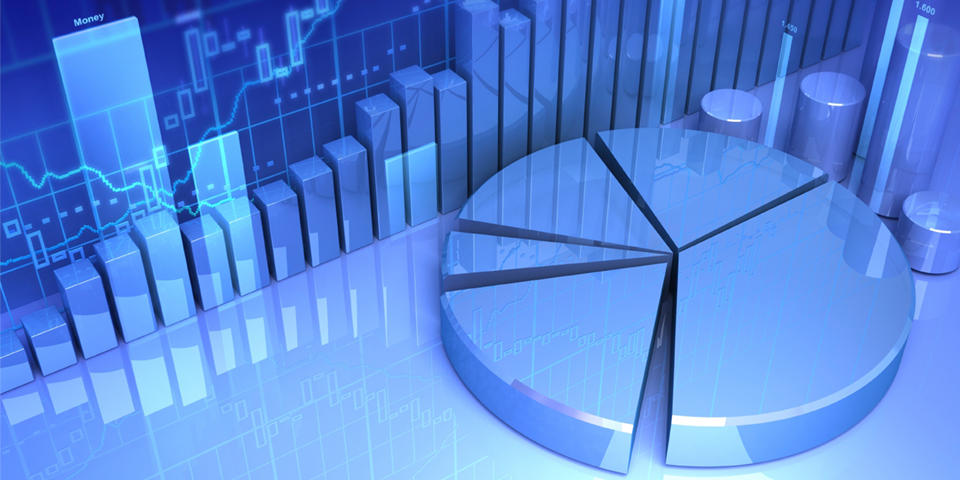
Q1 2024: 51.3 MILLION WORKERS EMPLOYED
51.3 million people in Vietnam aged 15 and above were employed during the first quarter of 2024, an increase of 174,100 compared to 2023, or 0.34 percent. The unemployment rate among the country’s working-age population has fallen by 2.24% compared to the same period last year.

FOUR COMMODITIES POST Q1 EXPORT VALUE OF OVER 5 BILLION USD
The total export turnover of agricultural, forestry, and fisheries products in the first three months of 2024 is estimated to reach 13.53 billion USD, an increase of 21.8% compared to the same period of 2023.
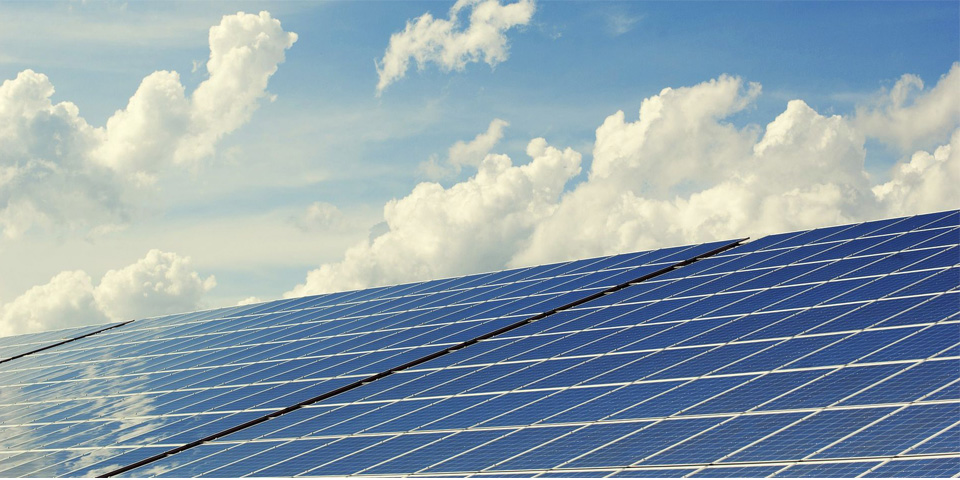
MOIT PROPOSES SCHEME TO BOOST RENEWABLE ENERGY PROCUREMENT
The proposed Direct Power Purchase Agreement (DDPA) mechanism, outlined in the draft decree, targets organisations and individuals consuming electricity from the 22kV power grid or higher, with a monthly consumption averaging 500,000kWh. However, residential households are excluded from direct procurement.

REAL ESTATE BONDS PLACE PRESSURE ON ISSUING FIRMS
The ministry’s recent report underscores concerns within Vietnam’s corporate bond market for 2023 and 2024. It emphasizes the critical need to address hindrances to the real estate sector in line with the objectives provided in Government Resolution No. 33/NQ-CP, which aims to stabilize the industry.
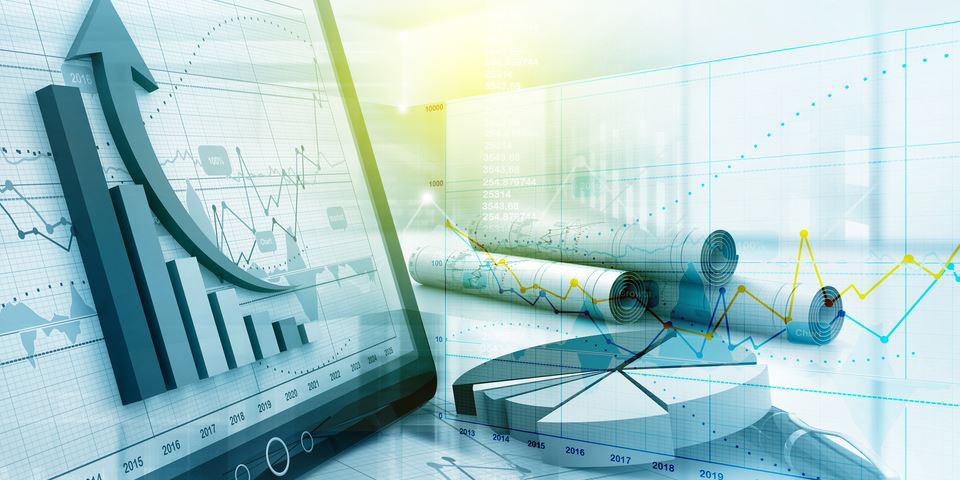
DA NANG CUSTOMS FOCUSES ON DEVELOPING CUSTOMS-BUSINESS PARTNERSHIPS
Da Nang Customs Department issued an action plan for developing customs-business partnership in 2024. One of the new events this year is the workshop on “Settlement reports for enterprises engaged in outsourcing, export production and export processing” held in Da Nang Customs Department on April 16, 2024.
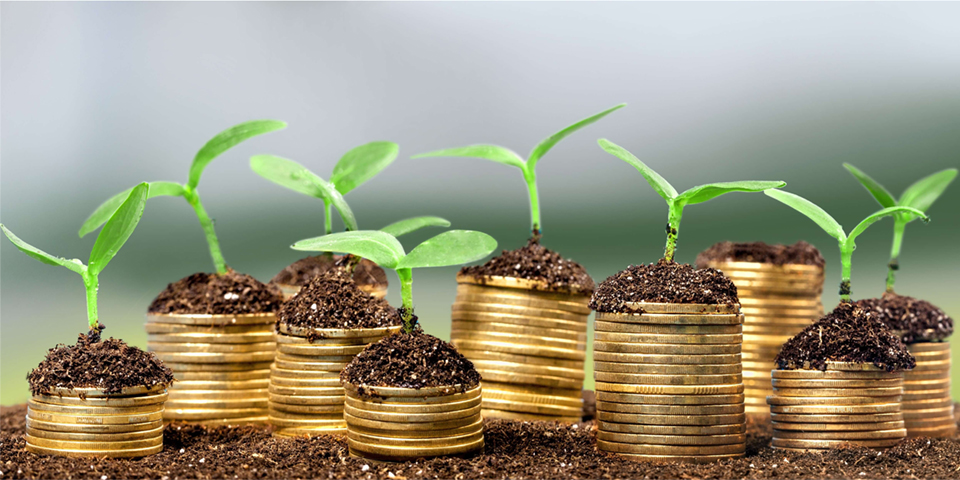
OVERCOMING HURDLES IN SUSTAINABLE INDUSTRIAL AND ECONOMIC ZONE DEVELOPMENT
“The path toward sustainable development for industrial zones (IZs) and economic zones (EZs) continues to encounter significant challenges. A notable concern is the instability and lack of consistency in the institutions and policies governing these zones. This inconsistency has resulted in a void of transformative impetus for socio-economic advancement,” said Dr. Nguyen Quang Tuyen from Hanoi Law University.













